International collaboration replicates amplification of cosmic magnetic fields
Astrophysicists have established that cosmic turbulence could have amplified magnetic fields to the strengths observed in interstellar space.
Jun 1st, 2014
Read more
 Subscribe to our Space Exploration News feed
Subscribe to our Space Exploration News feed
Astrophysicists have established that cosmic turbulence could have amplified magnetic fields to the strengths observed in interstellar space.
Jun 1st, 2014
Read moreLaser beams 60,000 billion times more powerful than a laser pointer have been used to recreate scaled supernova explosions in the laboratory as a way of investigating one of the most energetic events in the universe.
Jun 1st, 2014
Read more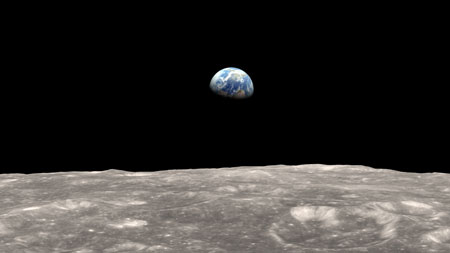 Scientists combined observations from two NASA missions to check out the moon's lopsided shape and how it changes under Earth's sway - a response not seen from orbit before.
Scientists combined observations from two NASA missions to check out the moon's lopsided shape and how it changes under Earth's sway - a response not seen from orbit before.
May 29th, 2014
Read more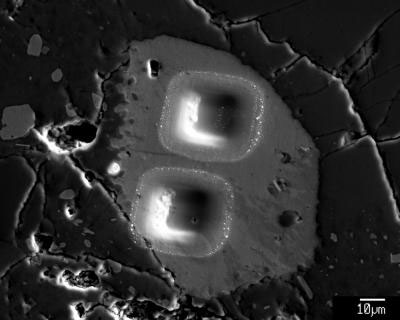 A recent review of hundreds of chemical analyses of Moon rocks indicates that the amount of water in the Moon's interior varies regionally - revealing clues about how water originated and was redistributed in the Moon. These discoveries provide a new tool to unravel the processes involved in the formation of the Moon, how the lunar crust cooled, and its impact history.
A recent review of hundreds of chemical analyses of Moon rocks indicates that the amount of water in the Moon's interior varies regionally - revealing clues about how water originated and was redistributed in the Moon. These discoveries provide a new tool to unravel the processes involved in the formation of the Moon, how the lunar crust cooled, and its impact history.
May 28th, 2014
Read more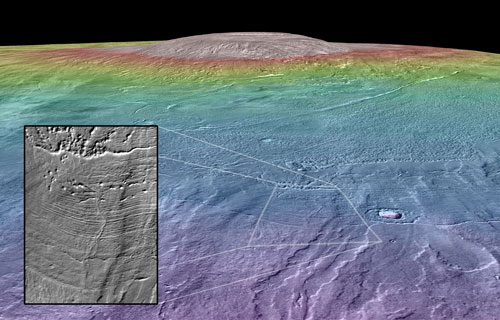 A study by geologists suggests that the Martian volcano Arsia Mons may have been home to one of the most recent habitable environments yet found on the Red Planet. The research shows that volcanic eruptions beneath a glacial ice sheet would have created substantial amounts of liquid water on Mars's surface around 210 million years ago. Where there was water, there is the possibility of past life.
A study by geologists suggests that the Martian volcano Arsia Mons may have been home to one of the most recent habitable environments yet found on the Red Planet. The research shows that volcanic eruptions beneath a glacial ice sheet would have created substantial amounts of liquid water on Mars's surface around 210 million years ago. Where there was water, there is the possibility of past life.
May 27th, 2014
Read more Satellite de-orbiting and re-entry is essential to halt the continuous increase in orbital space debris. The BETS project, which ends this month, is making waves with a new tether solution that is faster and more resistant to damage than any other existing technology.
Satellite de-orbiting and re-entry is essential to halt the continuous increase in orbital space debris. The BETS project, which ends this month, is making waves with a new tether solution that is faster and more resistant to damage than any other existing technology.
May 27th, 2014
Read more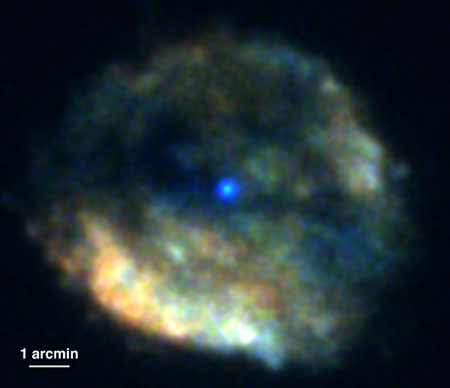 An astronomical satellite, of which the University of Leicester and the Mullard Space Science Laboratory of University College London are key partners, has received a ringing endorsement from NASA.
An astronomical satellite, of which the University of Leicester and the Mullard Space Science Laboratory of University College London are key partners, has received a ringing endorsement from NASA.
May 27th, 2014
Read more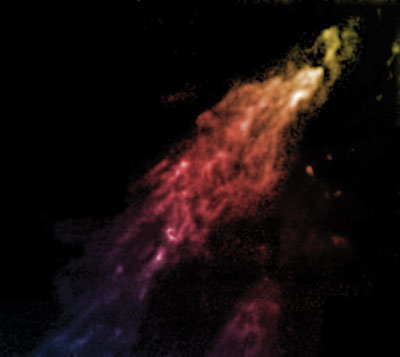 Like a bullet wrapped in a full metal jacket, a high-velocity hydrogen cloud hurtling toward the Milky Way appears to be encased in a shell of dark matter. Astronomers believe that without this protective shell, the high-velocity cloud known as the Smith Cloud would have disintegrated long ago when it first collided with the disk of our Galaxy.
Like a bullet wrapped in a full metal jacket, a high-velocity hydrogen cloud hurtling toward the Milky Way appears to be encased in a shell of dark matter. Astronomers believe that without this protective shell, the high-velocity cloud known as the Smith Cloud would have disintegrated long ago when it first collided with the disk of our Galaxy.
May 23rd, 2014
Read more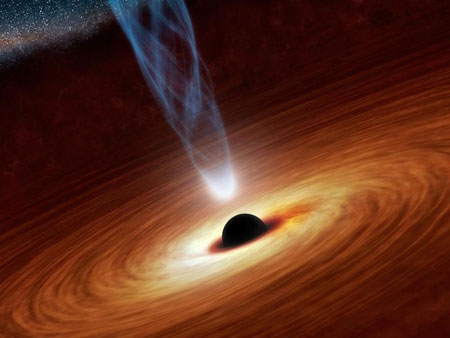 Observations show that outbursts occur in the nuclear regions of active galaxies.
Observations show that outbursts occur in the nuclear regions of active galaxies.
May 23rd, 2014
Read more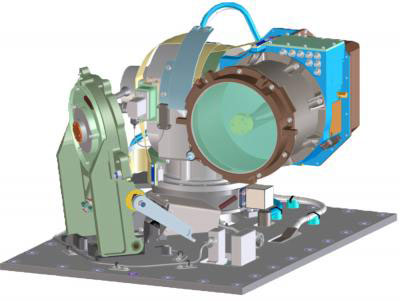 Researchers will present new details and the first comprehensive overview of the on-orbit performance of their record-shattering laser-based communication uplink between the moon and Earth, which beat the previous record transmission speed last fall by a factor of 4,800. Earlier reports have stated what the team accomplished, but have not provided the details of the implementation.
Researchers will present new details and the first comprehensive overview of the on-orbit performance of their record-shattering laser-based communication uplink between the moon and Earth, which beat the previous record transmission speed last fall by a factor of 4,800. Earlier reports have stated what the team accomplished, but have not provided the details of the implementation.
May 22nd, 2014
Read more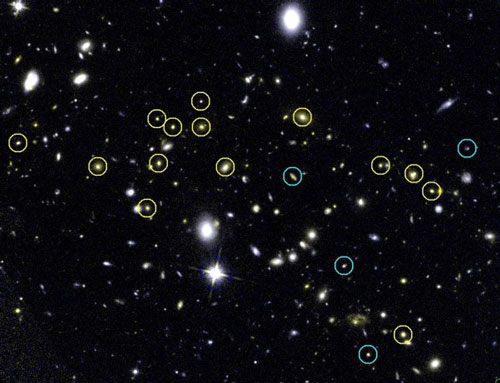 The structures and star populations of massive galaxies appear to change as they age, but much about how these galaxies formed and evolved remains mysterious. Many of the oldest and most massive galaxies reside in clusters, enormous structures where numerous galaxies are found concentrated together. Galaxy clusters in the early universe are thought to be key to understanding the lifecycles of old galaxies, but to date astronomers have located only a handful of these rare, distant structures.
The structures and star populations of massive galaxies appear to change as they age, but much about how these galaxies formed and evolved remains mysterious. Many of the oldest and most massive galaxies reside in clusters, enormous structures where numerous galaxies are found concentrated together. Galaxy clusters in the early universe are thought to be key to understanding the lifecycles of old galaxies, but to date astronomers have located only a handful of these rare, distant structures.
May 22nd, 2014
Read moreAn international team, led by researchers from Swinburne University of Technology, has found evidence that the Universe broke its rising 'fever' about 11 billion years ago.
May 22nd, 2014
Read more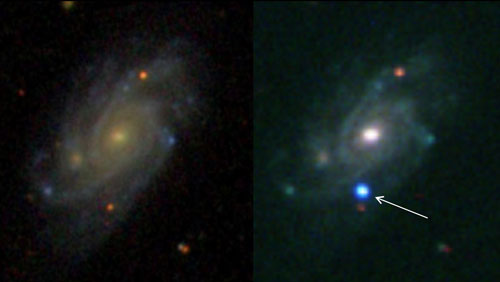 For the first time ever, scientists have direct confirmation that a Wolf-Rayet star - sitting 360 million light years away in the Bootes constellation - died in a violent explosion known as a Type IIb supernova.
For the first time ever, scientists have direct confirmation that a Wolf-Rayet star - sitting 360 million light years away in the Bootes constellation - died in a violent explosion known as a Type IIb supernova.
May 21st, 2014
Read more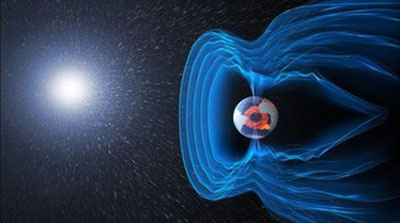 Thanks to a constellation of three satellites, ESA's SWARM mission will track and measure the planet's magnetic forces from its core to its upper atmosphere. Five months after the launch, the satellites are beginning to gather data.
Thanks to a constellation of three satellites, ESA's SWARM mission will track and measure the planet's magnetic forces from its core to its upper atmosphere. Five months after the launch, the satellites are beginning to gather data.
May 21st, 2014
Read moreScientists have discovered that living organisms on Earth were capable of making a mineral that may also be found on Mars.
May 20th, 2014
Read more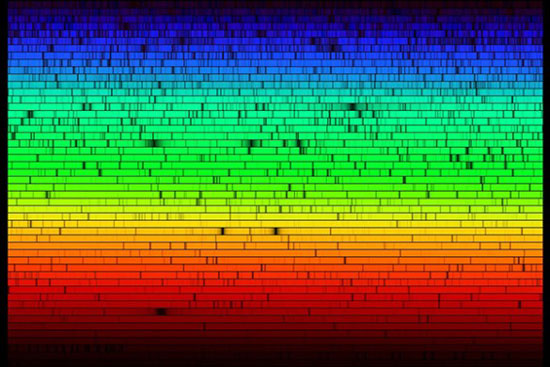 Astronomers have developed a model that estimates the effect that ingesting large amounts of the rocky material from which 'terrestrial' planets like Earth, Mars and Venus are made has on a star's chemical composition and has used the model to analyze a pair of twin stars which both have their own planets.
Astronomers have developed a model that estimates the effect that ingesting large amounts of the rocky material from which 'terrestrial' planets like Earth, Mars and Venus are made has on a star's chemical composition and has used the model to analyze a pair of twin stars which both have their own planets.
May 20th, 2014
Read more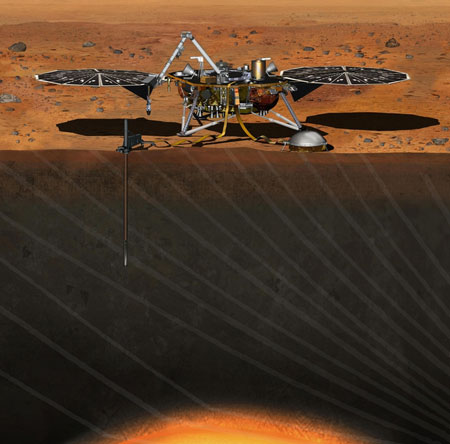 NASA and its international partners now have the go-ahead to begin construction on a new Mars lander after it completed a successful Mission Critical Design Review on Friday.
NASA and its international partners now have the go-ahead to begin construction on a new Mars lander after it completed a successful Mission Critical Design Review on Friday.
May 20th, 2014
Read more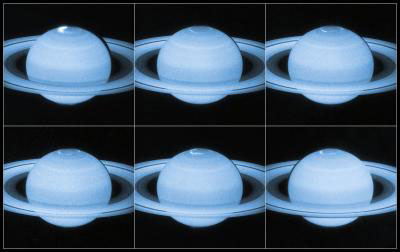 Saturn's auroras are caused by the same phenomenon which leads to dramatic auroral displays on Earth.
Saturn's auroras are caused by the same phenomenon which leads to dramatic auroral displays on Earth.
May 19th, 2014
Read more